#ancient theater
Text
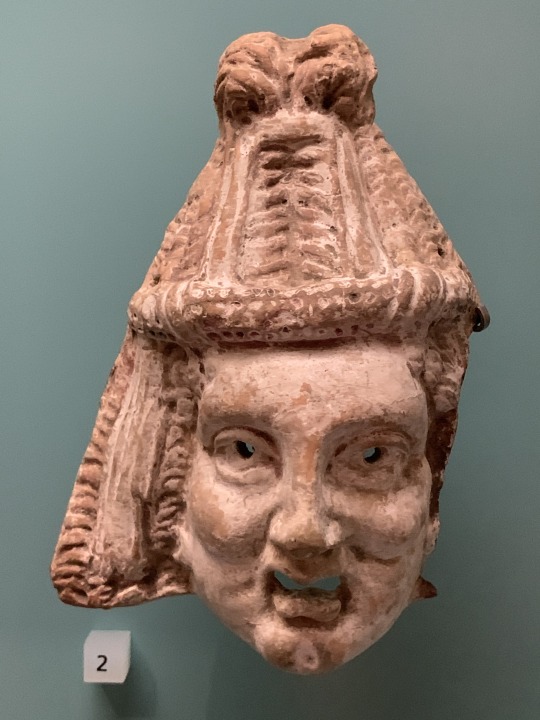
Ancient Greek terracotta theater mask. Artist unknown; 4th to 2nd cent. BCE (Hellenistic). Now in the National Museum of Scotland, Edinburgh. Photo credit: Alf van Beem.
#classics#tagamemnon#Ancient Greece#Hellenistic period#ancient theater#art#art history#ancient art#Greek art#Ancient Greek art#Hellenistic art#mask#theater mask#terracotta#National Museum of Scotland
93 notes
·
View notes
Quote
[...] there is fifth-century literary evidence that choreia at the mysteries could be projected symbolically up to the cosmos. In Sophocles' Antigone (1146-7), for example, Dionysus is addressed, in an Eleusinian context (cf. 1119-21), as 'leader of the chorus of stars that breathe fire'; and the scholiast claims that 'according to some mystic account, he is the chorus leader of the stars.' In Euripides' Ion, the chorus again associates Dionysus with Eleusis, with the torches of the mystai, and with a cosmic dance of the stars and moon. Much later, Dio (Or. 12.33-4) associates a non-Dionysiac choric/astral analogue with thronosis, presenting a closely drawn analogy between choric dancing round the enthroned initiand and the cosmic dance of stars and sun round the earth.
[...]
The common focus of these passages on choric activity, astral symbolism, and torchlight suggests some cultic antecedent; and the multiple pinpricks of fire of initiates' torches presumably prompted the original analogy with the stars. But there will have been more to it than that, for at some point Eleusinian initiands were bidden to look up to the heavens and shout 'rain', then down to the earth and shout 'conceive'. The mystic action of gazing heavenwards is reflected in contemporary literary allusions to mystic star gazing, and perhaps even to visions of the cosmos. Astral symbolism of this sort might have been in the mind of the third-century [CE] presbyter Hippolytus (or that of his source) when he refers to the greater Eleusinia as 'the celestial.'
Alex Hardie, “Muses and Mysteries”
#alex hardie#muses and mysteries#eleusinian mysteries#ancient religion#dionysos#stars#khoreia#dancing#cosmos#initiation#ancient theater#sophokles#euripides#torches#fire#quotes#ancient greece
2 notes
·
View notes
Text
Anna Karenina || Opera Open 2022 || Plovdiv, Bulgaria
#anna karenina#ballet#opera open 2022#ancient theater#orchestra#live orchestra#plovdiv#bulgaria#opera open#Пловдив#България
1 note
·
View note
Photo

Ancient Theater of Epidaurus, Greece, 1956. People gather to watch Anna Synodinou in Sophocles’ Antigone, directed by Alexis Minotis.
#greece#ancient greek theater#antigone#black and white#sophocles#theater#epidaurus#argolis#peloponnese#argolida#peloponnisos#mainland#anna synodinou#greek culture
1K notes
·
View notes
Photo





HAPPY STAR WARS DAY - MAY THE 4TH BE WITH YOU
THE ORIGINAL TRILOGY (1977-1983)
#may the fourth be with you#may the 4th be with you#starwarsday#star wars#starwarsedit#swedit#starwarsblr#theforcenetwork#starwarscolors#swcreators#thestarwarsdaily#usergif#swsource#skyshippergifs#*starwars#maytheforcebewithyou#i had to do something with the original trilogy because it's how i fell in love with star wars#mando rekindled my love but we watched these a million times as kids#the return of the jedi is the first move i remember seeing in the theater#and yes i'm ancient but making gifs is so much fucking fun so here i am#have a happy star wars day everyone!!
2K notes
·
View notes
Text
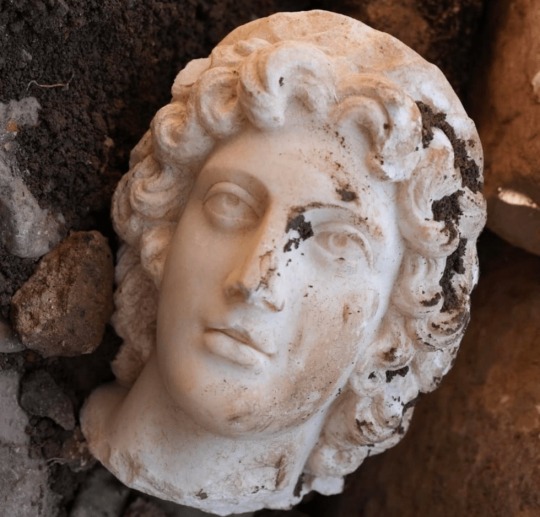
Marble Head of Alexander the Great Uncovered in Turkey
The head of a statue determined by archaeologists to belong to Alexander the Great, was unearthed during excavations in north-western Turkey.
The marble head, dated to the 2nd century AD, was found at the top of a theater in the ancient city of Konuralp, near modern-day Düzce.
While most parts of the ancient theater have been unearthed during the excavations, similar historical remains such as the head of the Apollo statue and the head of Medusa were previously found in the upper part of the structure.
During the excavations carried out in the Konuralp Ancient Theater excavation area, archaeologists identified an artifact in the ground at the top of the theater area. As they kept digging, they removed the artifact, which appeared to be the head of a bust.
As a result of the consultation of history experts, it was determined that the bust head found belonged to the Macedonian King Alexander the Great.
In a statement, Konuralp Museum provided information about why they determined the bust to belong to Alexander the Great.
“The head, measuring 23 centimeters [from head to neck] was found during the excavations in the ancient theater. It is depicted with deep and upward-looking eyes made of marble, drill marks on the pupil and a slightly open mouth that does not show much of its teeth.
“His long curly hairstyle up to his neck and two strands of hair [Anastoli] in the middle of his forehead are like the mane of a lion. This depiction is a hair type typical of Alexander the Great,” the statement said.


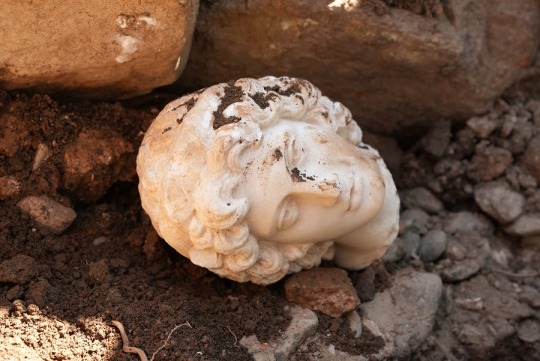
The marble head of Alexander the Great delivered to Konuralp Museum
Historical Konuralp is 8 km north of Düzce; first settlements there go back to 3rd century BC. Until 74 BC, it was one of the most important cities belonging to Bithynia, which included Bilecik, Bolu, Sakarya, Kocaeli.
It was conquered by Pontus and then by the Roman Empire. During the Roman period, the city was influenced by Latin culture, and it changed its name to Prusias ad Hypium. Later on Christianity affected the city and after the separation of the Roman Empire in 395, it was controlled by the Eastern Roman Empire (the later Byzantine Empire).
In 1204, the Crusader armies invaded Constantinople, establishing the Latin Empire. Düzce and its surroundings are thought to be under the dominance of the Latin Empire during this period. Düzce was under Byzantine rule again from 1261 to 1323.
The Konuralp Museum has some rare exhibits. A 1st-century sarcophagus, Orpheus mosaic, the mosaic of Achilles and Thetis and the 2nd-century copy of Tyche and Plutus sculpture are among the notable items in the museum. There are 456 ethnographic items.
In the ethnography section clothes, weapons, and daily-usage articles about the late Ottoman era are exhibited. There are also 3837 coins from Hellenistic to Ottoman era.
By Tasos Kokkinidis.
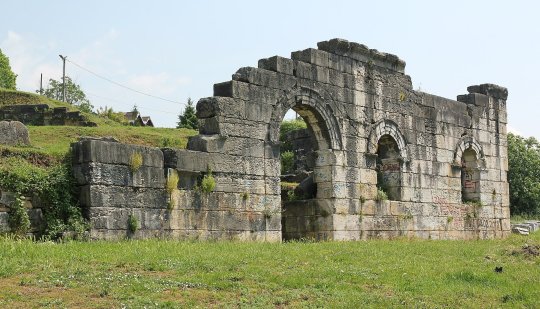

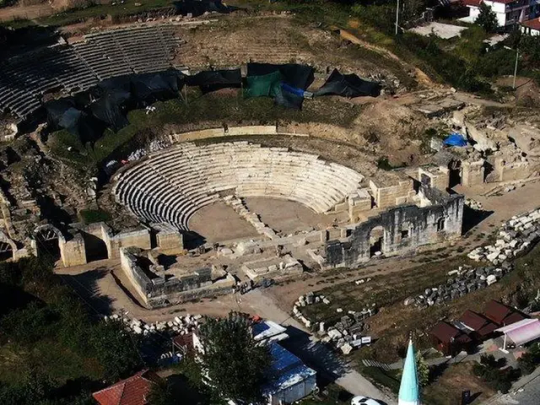
#Marble Head of Alexander the Great Uncovered in Turkey#ancient city of Konuralp#Konuralp Ancient Theater excavation area#marble#marble sculpture#ancient marble sculpture#ancient artifacts#archeology#archeolgst#history#history news#ancient history#ancient culture#ancient civilizations#roman history#greek history#ancient art
279 notes
·
View notes
Text
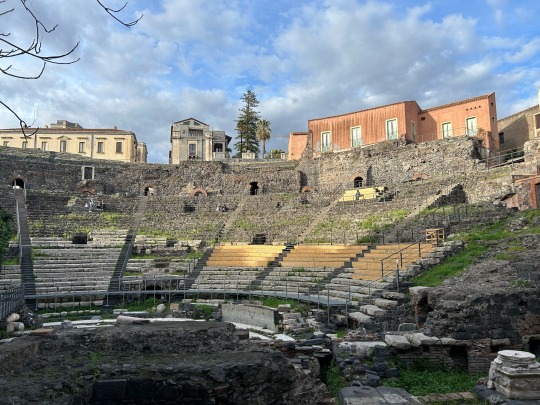

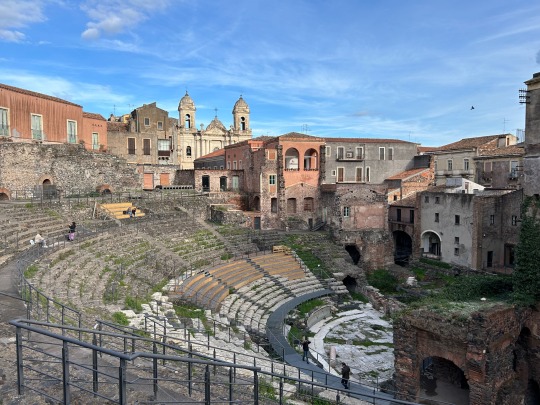

The Ancient Roman theater of Catania, Sicily. Like many other ancient theaters, later buildings used the theater for their foundations.
Feb 26, 2024
#Ancient Rome#Catania#Italy#Italia#Sicily#Sicilia#original photography#travel#photography#architecture#ancient architecture#theater#lensblr#photographers on tumblr#historical architecture#iphonography#wanderingjana
134 notes
·
View notes
Text
Clytemnestra was way too lenient I wouldn’t have stopped with just killing Agamemnon I would’ve hunted down every single surviving Greek leader that stood by and did nothing (or worst straight up participated) as my daughter was slaughtered like an animal.
#including and especially Odysseus#greek mythology#ancient greek mythology#greek pantheon#greek myths#greek tragedy#clytemnestra#iphigenia#iphigenia 1977#agamemnon#tagamemnon#Odysseus#Euripides#ancient greek theater
99 notes
·
View notes
Text


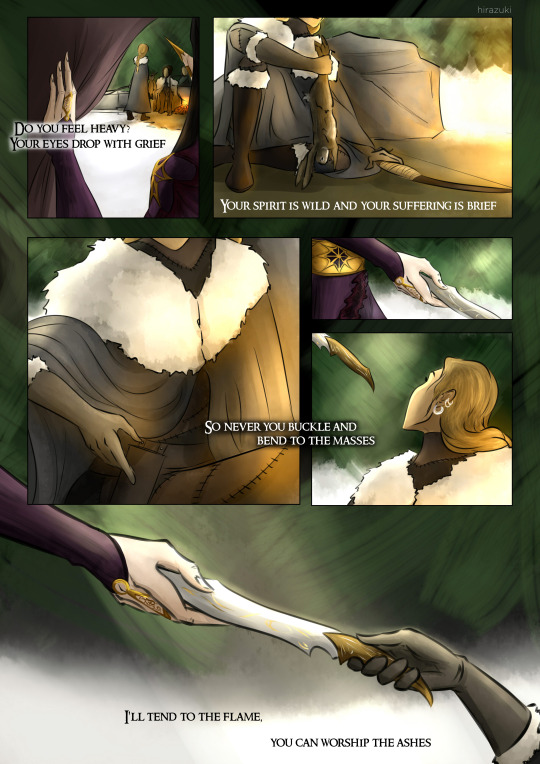
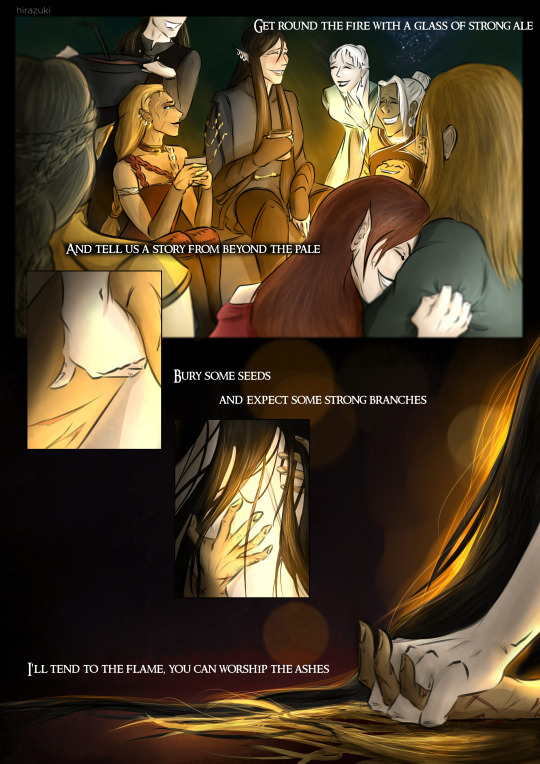
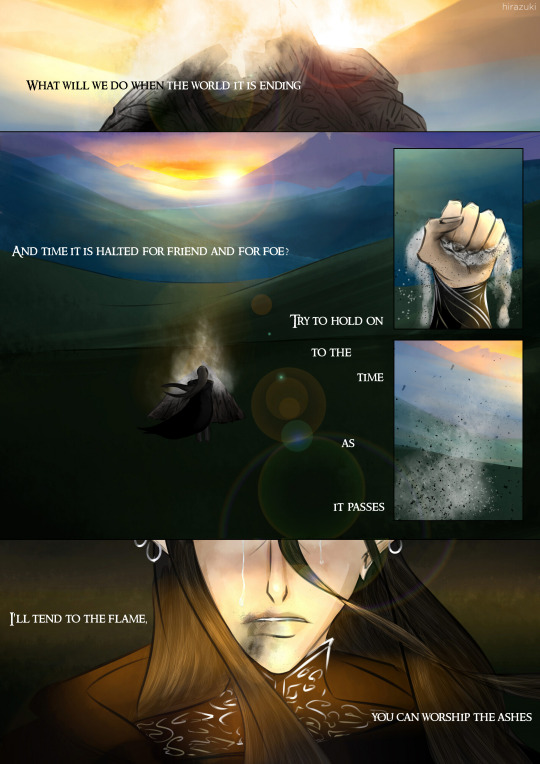
I'll tend to the flame, you can worship the ashes.
- The Longest Johns
I want everyone to know that this is entirely @ruiniel's fault for consistently throwing both lovely songs and lovely art/writing/thoughts on my dash ♡
#caranthir#haleth#halenthir#silmarillion#tolkien#my art#IT'S DONE (and so am i lmao)#that's it that's my multipage comic for this decade; looking through old art apparently i do one every ten years or so XD#next art will be happier. i promise.#(this blog is run like an ancient greek theater we alternate tragedy and comedy#with a light peppering of satire ^^)#hira draws tolkien
301 notes
·
View notes
Text
Time Travel Question : Assorted Performances Winners: Round 1, Heat I
These Questions are the winners from the previous iteration.
Please add new suggestions below if you have them for future consideration. All time periods accepted. (Yes we have Live Aid.)
#Time Travel#Performances#Lost Music#Ancient World#Early Humans#Medieval#Passion Play#Theater History#Middle Ages
51 notes
·
View notes
Text
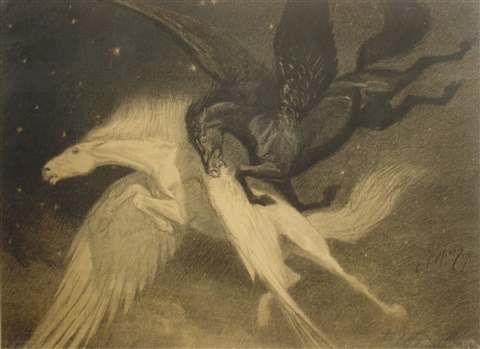
“Stronger than lover's love is lover's hate. Incurable, in each, the wounds they make.”
Euripides, Medea 431 BC
Art: Battling pegases by George Ford Morris 1925
#art#dark academia#classical art#dark aesthetic#classic literature#ancient greek theater#pegasus#illustration#greek mythology
361 notes
·
View notes
Text
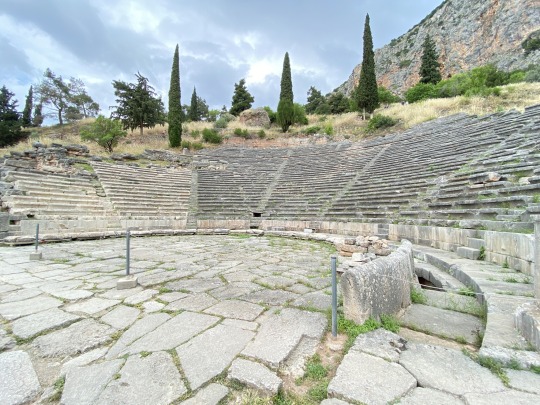


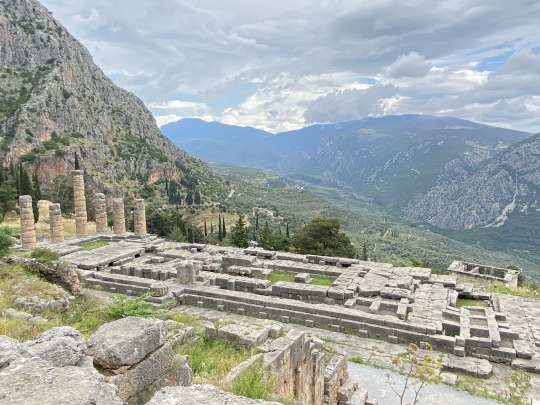

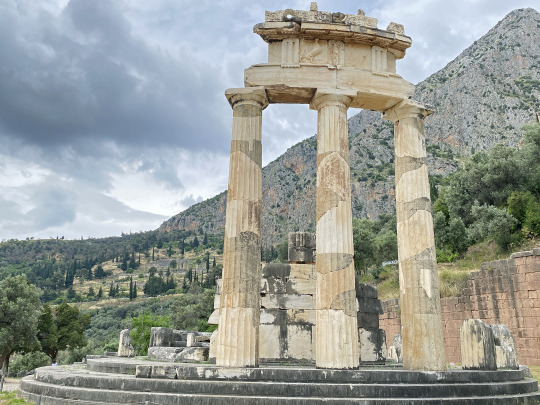
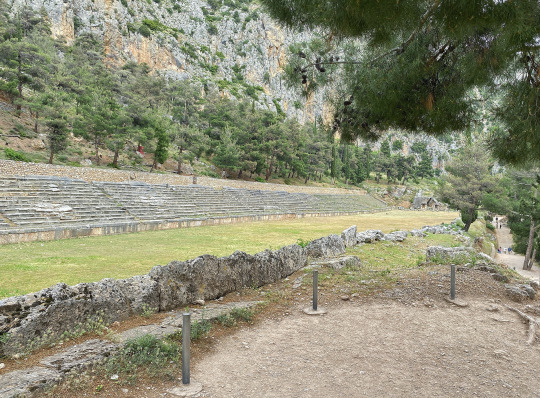

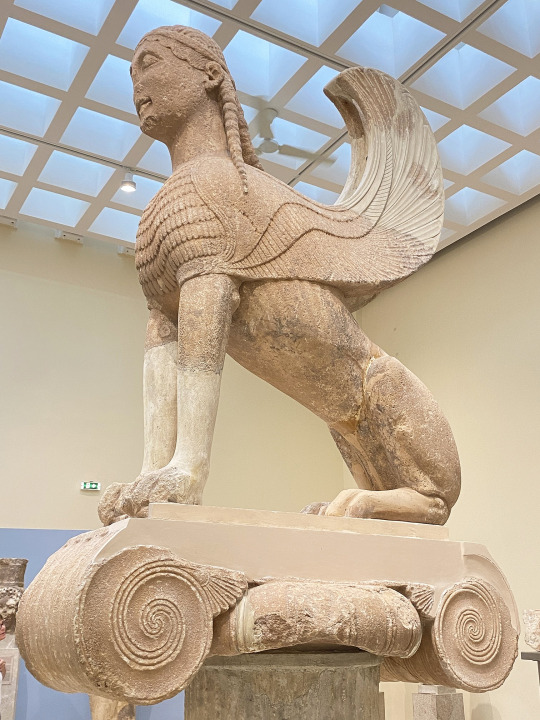
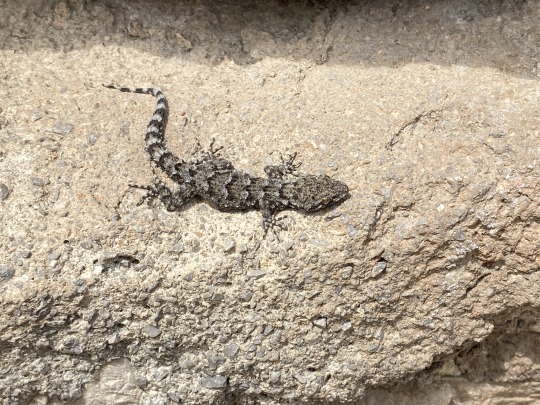
Delphi was such a beautiful place. Yes, the ruins were impressive, but the landscape and the ambient made it even better. So much green, big mountains everywhere and only birds singing (well, tourists too xD). I got so exhausted but it was totally worthy :D
#greece#delfos#delphi#ruins#archaeology#museum#mountains#gecko#sphinx#temple#tholos#apollo#athena#treasury#theater#stadium#sanctuary#ancient greece
163 notes
·
View notes
Photo

Herodion theater in Athens, Greece
#athens#greece#herodion theater#ancient architecture#ancient greece#ancient ruins#ruins#greek architecture#archaeology#hellas#original photography#antiquity#acropolis#architecture#culture#history
314 notes
·
View notes
Text
WAIT, WAIT, WAIT
HOO CANON DIVERGENCE AU, WHERE LEO (COMPLETELY AND 100% DONE WITH HERA) MAKES A BURN BOOK (LIKE FROM MEAN GIRLS) WRITTEN FROM HERA’S POV, WHERE ‘SHE’ WRITES SHIT ABOUT ALL THE OLYMPIAN GODS AND SOME OF THE MINOR GODS. HE DOES IT AFTER HIS ‘DEATH’. IN THIS CASE, CALYPSO WAS TAKEN OUT OF THE ISLAND BECAUSE OF THE PROMISE IN TLA. WHEN HE ‘DIES’ HE GOES BACK TO ECHO AND THEY BOTH WORK TOGETHER ON THE BOOK.
HE LEAVES IT ON MOUNT OLYMPUS’ STAIRS, WRAPPED IN A PACKAGE OR SOMETHING AND HERMES TAKES IT UP. AND ZEUS, WHO ALSO DISLIKES HERA, THROWS HER OUT OF THE ‘OLYMPIAN GODS’ SQUAD THINGY, AND HESTIA RETURNS BACK TO BEING AN OLYMPIAN GODDESS. THE REST WOULD BE HERA TRYING TO FIND OUT WHO WROTE THE BOOK, BUT SHES ALSO PUNISHED CAUSE THE OLYMPIAN GODS DONT LIKE DISRESPECT
HER PUNISHMENT WOULD BE SOMETHING LIKE WHAT SHE DID TO APOLLO AND ARTEMIS’ MOM, SO LIKE- SHE CANT TOUCH GROUND OR BECOME HUMAN, SO SHE MUST BE AN ANIMAL OR SOMETHING TROUGHOUT THE WHOLE STORY
#percy jackson#heroes of olympus#leo valdez#percy jackon and the olympians#pjo hoo#percy jackson and the olympians#blood of olympus#hera goddess#musicals#musical theater#musical theatre#music#echo#greek tumblr#greek mythology#greek gods#ancient greek
30 notes
·
View notes
Text
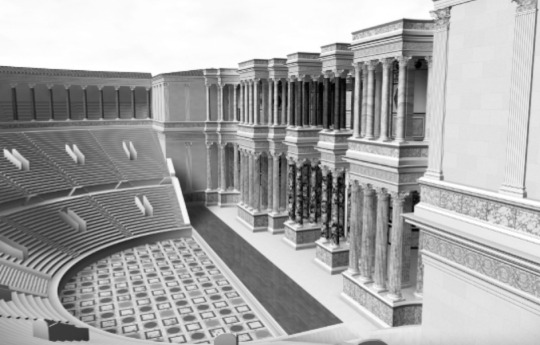
Artist's reconstruction of the Theater of Pompey. Its auditorium seated 40,000 people. After the Senate house burned down in 52 BCE, the Senate occasionally met here, and it was here that Julius Caesar was killed.
You can still see some of the columns of the Theater of Pompey today:

(Mary Beard, SPQR, chapter 7; NBC news)
83 notes
·
View notes
Text

Η Αθηναϊκή Ακρόπολη και το γεμάτο Ωδείο Ηρώδου Αττικού
224 notes
·
View notes